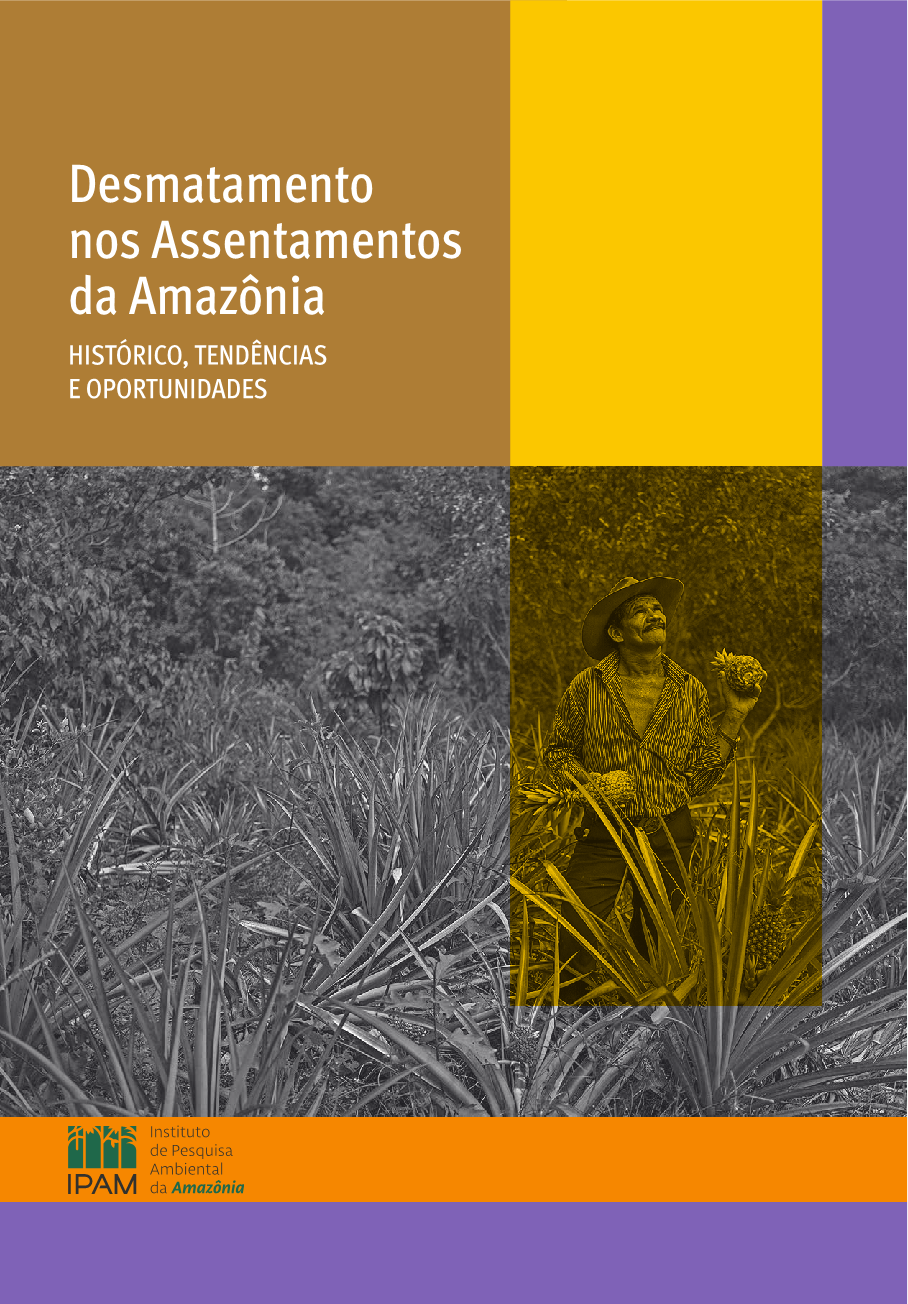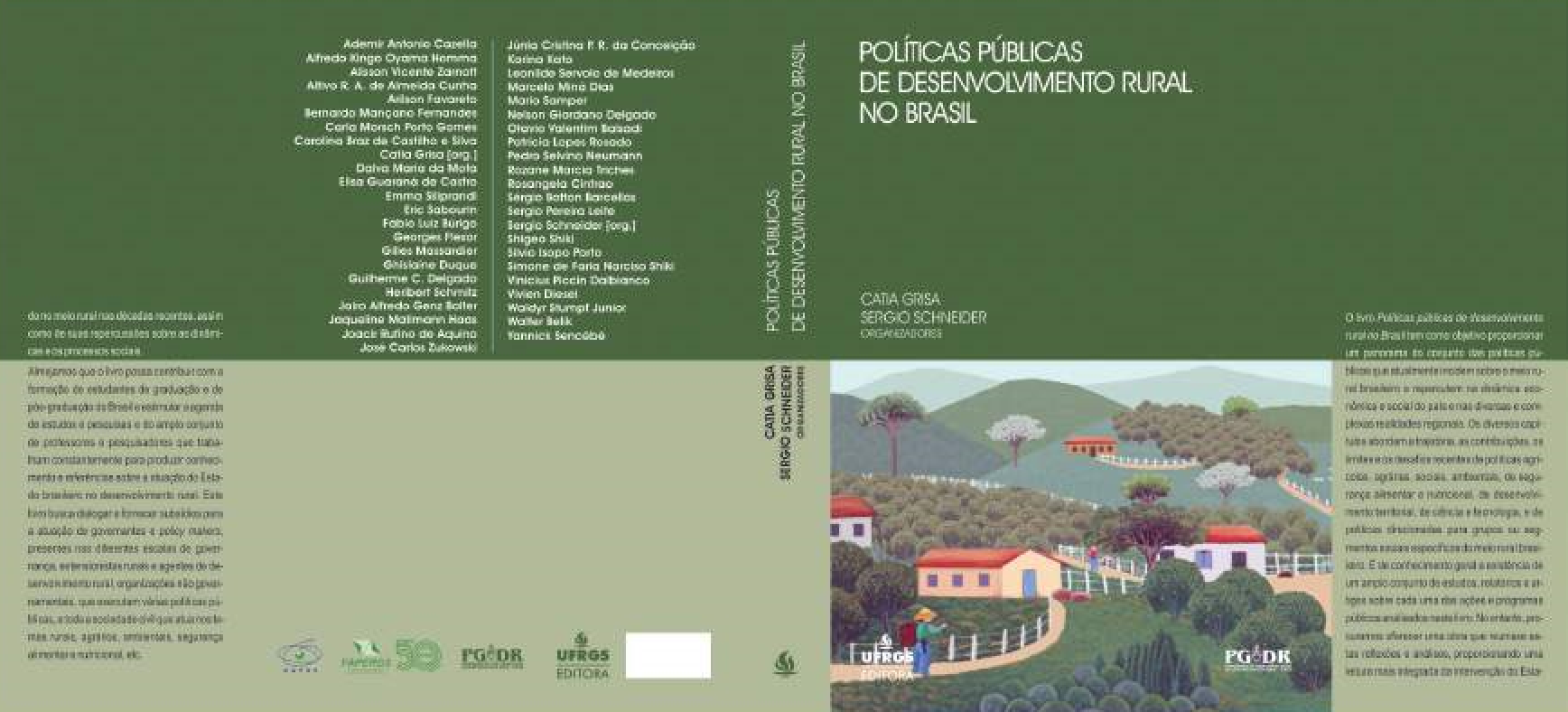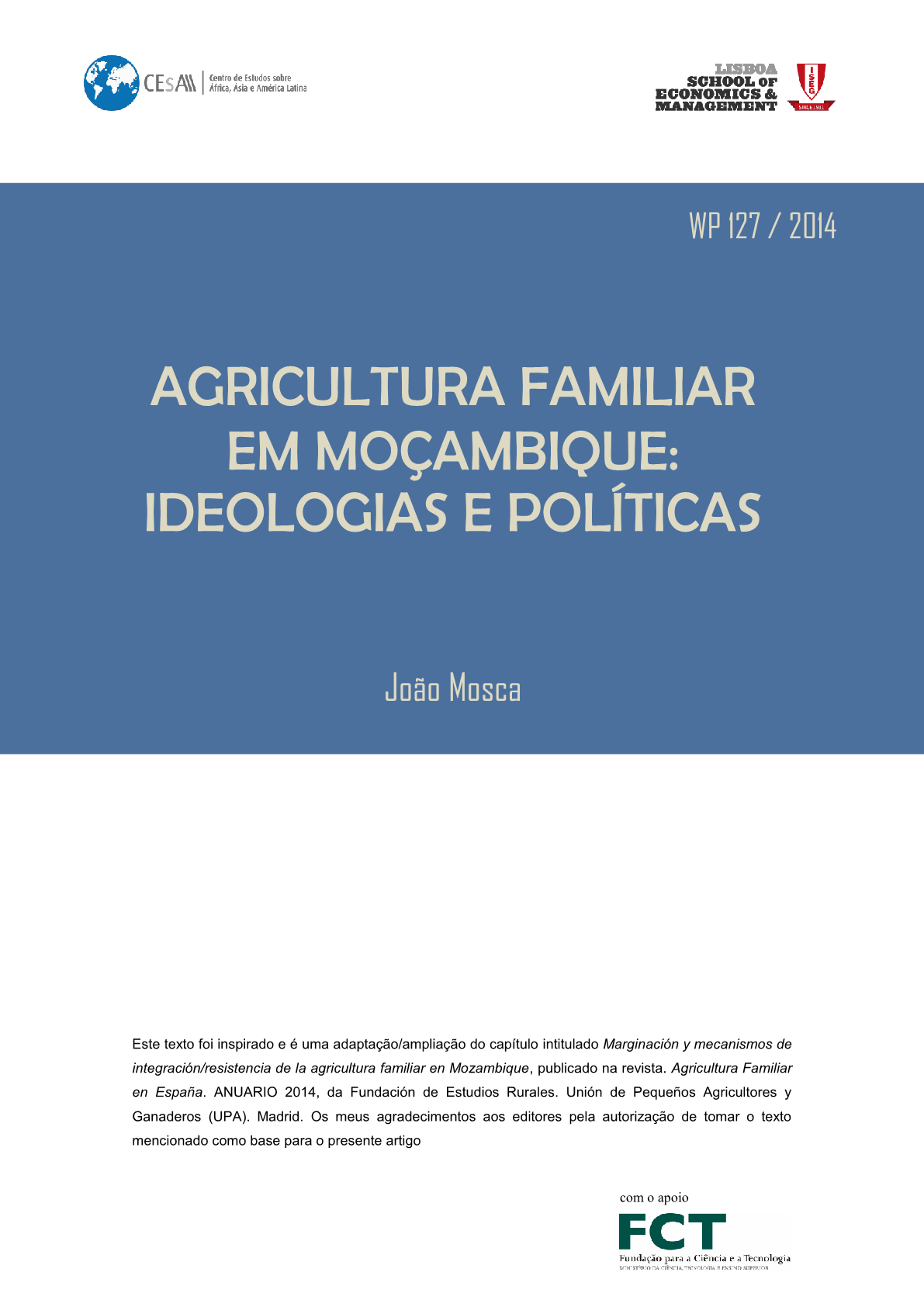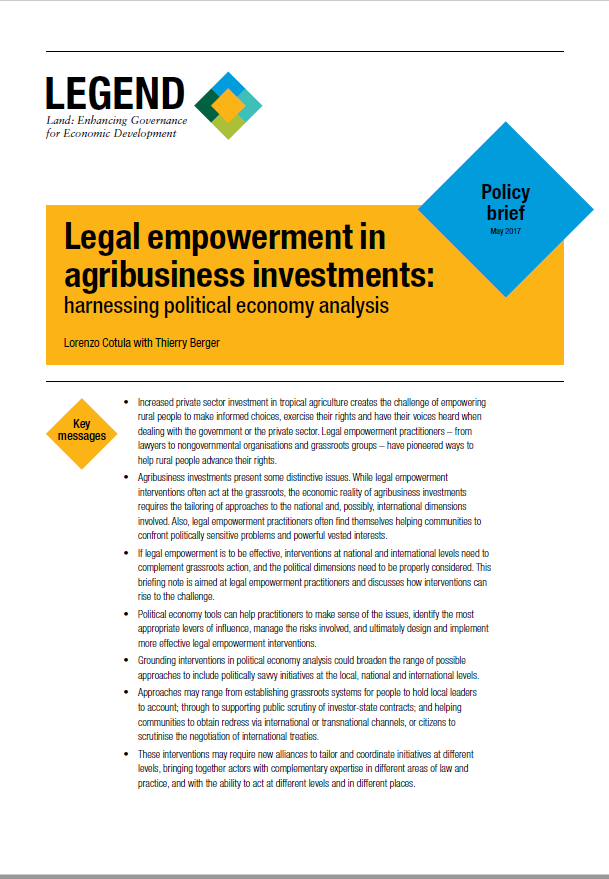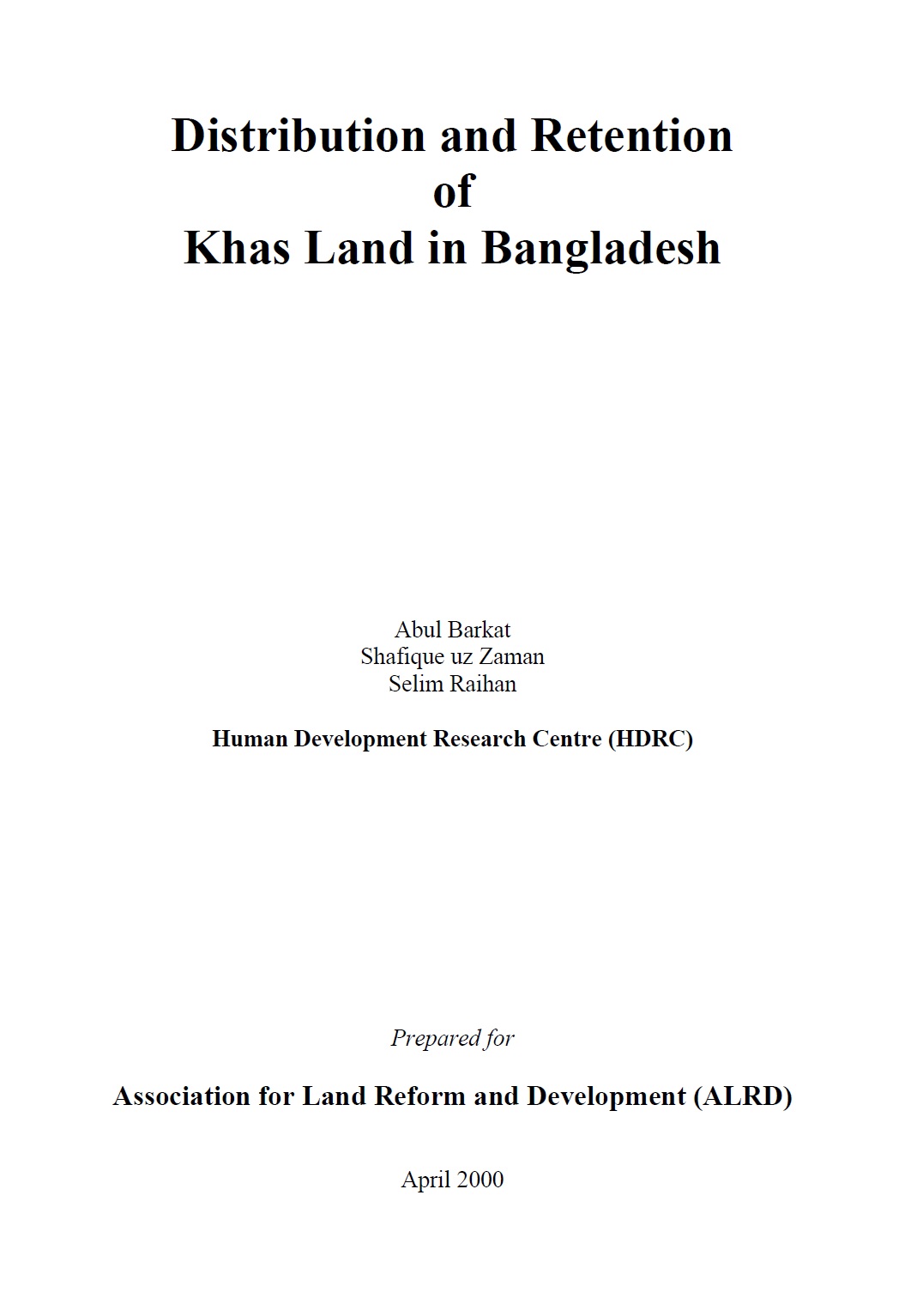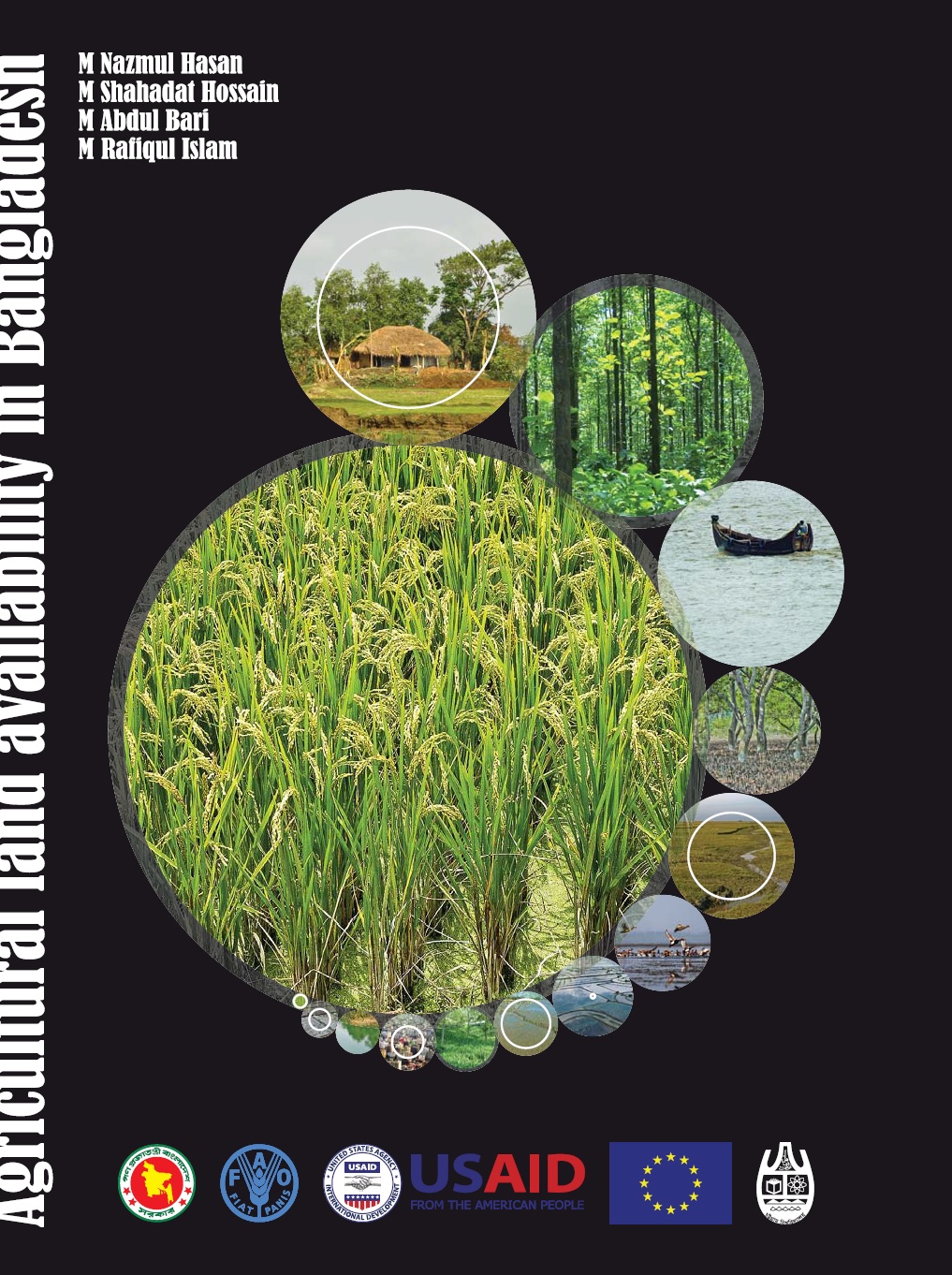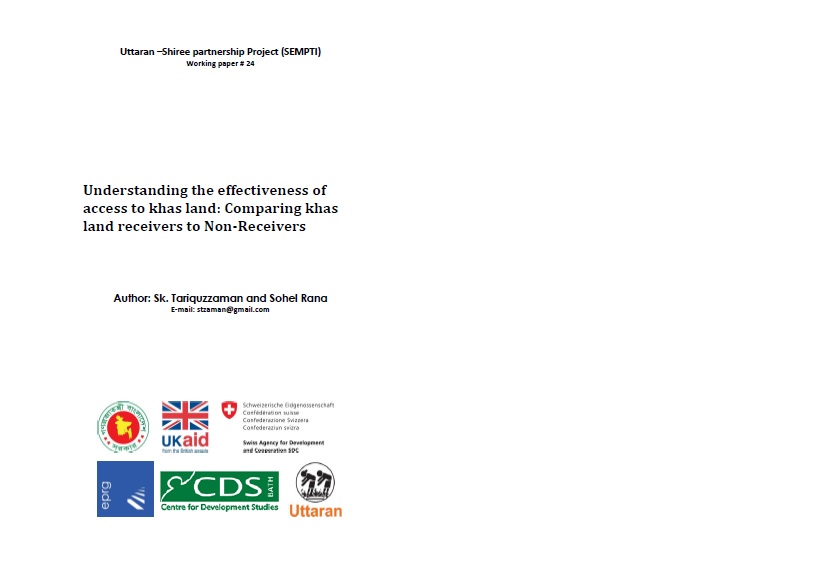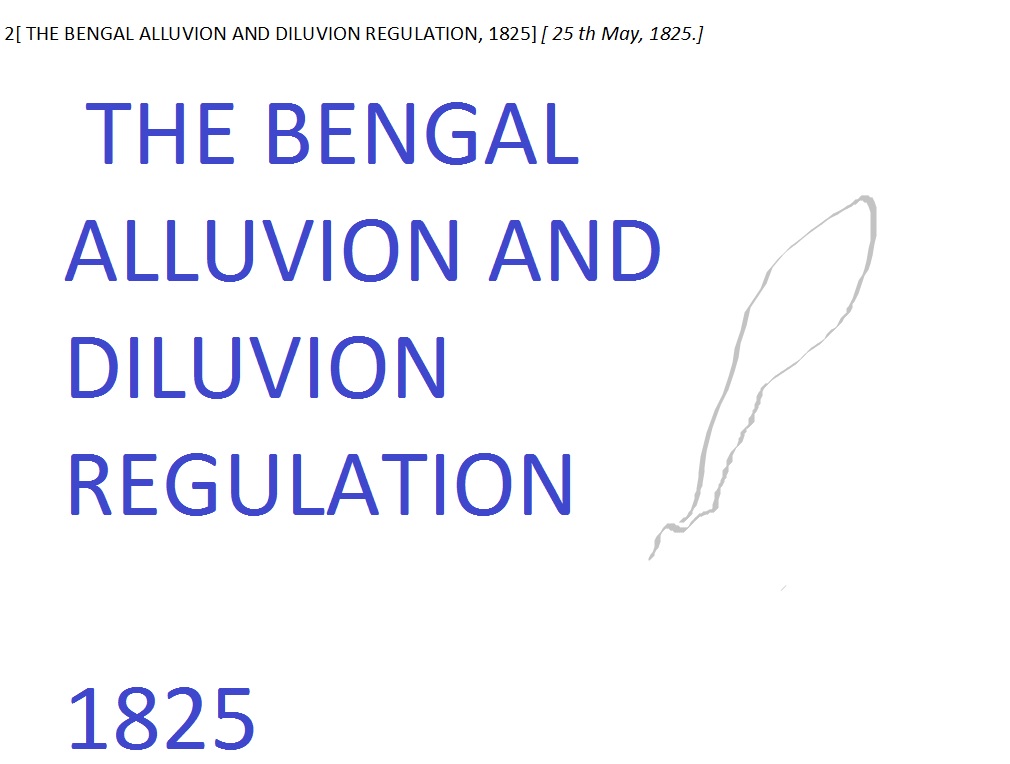Desmatamento nos Assentamentos da Amazônia: Histórico, Tendências e Oportunidades
Os assentamentos de reforma agrária têm assumido um papel de destaque em relação ao desmatamento da Amazônia nos últimos cinco anos. Atualmente cerca de 8% do território dos estados amazônicos (41,8 milhões de hectares) encontra-se destinado aos 3.589 assentamentos de reforma agrária.

